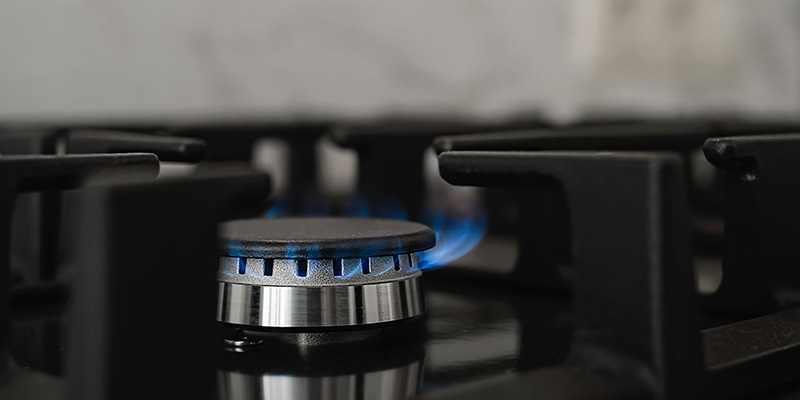
Understanding your Energy Bills and the Price Cap
In Britain, energy has been at the forefront of many newspapers and has been much debated throughout communities. With increasingly expensive bills, homeowners need to stay vigilant and manage expectations to avoid surprises of high expenses.
By getting a better understanding of your energy bills, price caps and any initiatives that the UK is releasing, you can try to find some comfort in this current crisis. While prices are high, despite current government plans, there are schemes that will lighten the burden on your household or property.
The Price Cap
It is important to first understand the energy price cap, this can help you be more aware of your expected bills. The energy price cap aims to set a limit on charges for gas and electricity across 6-months. In theory, this is great and keeps costs at an understandable rate. However, across 2022 we have seen historic rises, like never before.
In April 2022, the price cap was raised by 54%, increasing average bills by around £700 a year, or more. Now, since August 2022, the price cap has risen some more, this will come into effect from October 1st. This new increase expects typical household bills to rise to around £2,500 per year and will create many problems for homeowners and business owners across the UK.
The UK government estimated how much your household bills would have been with this current price, based on the median usage in 2019, and the results are not pretty.
- Flats: £1,750 per year
- Mid-terraced house: £2,350 per year
- Semi-detached house: £2,650 per year
- Detached house: £3,300 per year
Energy Bill Discounts & Cost of Living Payments
In an attempt to tackle the outrageous bills, the UK government has issued a series of ‘cost of living payments’ that will help lighten the burden of the energy bills. With a record number of homeowners living in fuel poverty, the UK needs to act now and needs to act fast in order to make sure its people can stay healthy this winter. Some initiatives that have been released are:
- £650 to the lowest income households
- £300 to pensioner households
- £150 disability benefits
- £400 energy grant for ALL households
This financial aid is on an annual basis
Therefore, everyone across the United Kingdom is set to receive some type of aid to help tackle the energy crisis. While, in perspective, it may not be a huge amount, but it will at least help you manage your bills this winter and for the coming months.
Yet, it is also important to understand that the initiatives extend to this winter only, in 2022, yet the energy price cap will be in place for 2 years, so unless there are more initiatives released next year, you should expect your 2023 energy bills to be higher.
Who is Paying for these Payments?
Well, yes and no. You won’t have to pay anything back directly on your bill or taxes, but the government payments are from borrowed money which will affect the national debt. The UK government has had to resort to borrowing money on international markets leading to having to pay a premium on the money borrowed.
Therefore, the UK will have increased national debt, which the Prime Minister is set to outline the costs later this month (September), so stay tuned to find out how Britain expects to pay for this extra influx of money.
Insulation Safe Haven
With record-breaking energy price caps and instability over future energy crises, it can be difficult to live comfortably. Despite any funding initiatives from the government, UK energy bills are rising at too quick of a rate, making it difficult for millions of homeowners.
A great solution for you may just well be insulation. Insulation is an investment because over time you will save more money, especially with products that can last as long as your home. Currently, insulation may be the best investment out there, with the current prices of energy bills, by installing insulation in your home, you will be using less energy and saving a lot more money.
You may already have insulation, which is great, but it could be a good idea to check whether it is up to date with the best-performing insulants available. Or, if it was installed years ago and has lost a lot of its thermal performance properties.
With certain types of insulation, mainly roof, wall and floor, you can be reducing your energy output by up to 35% in some scenarios. Did you know that:
- Up to 35% of heat is lost through your walls
- Up to 25% of heat is lost through your roof
- Up to 15% of heat is lost through your floor
By saving in these 3 core areas, you can reduce the amount of heat loss and, ultimately, reduce the amount of energy you consume, this will drastically lower your energy bills. Learning how to stop your energy bills from rising is crucial at a time like this, where energy prices are soaring.


